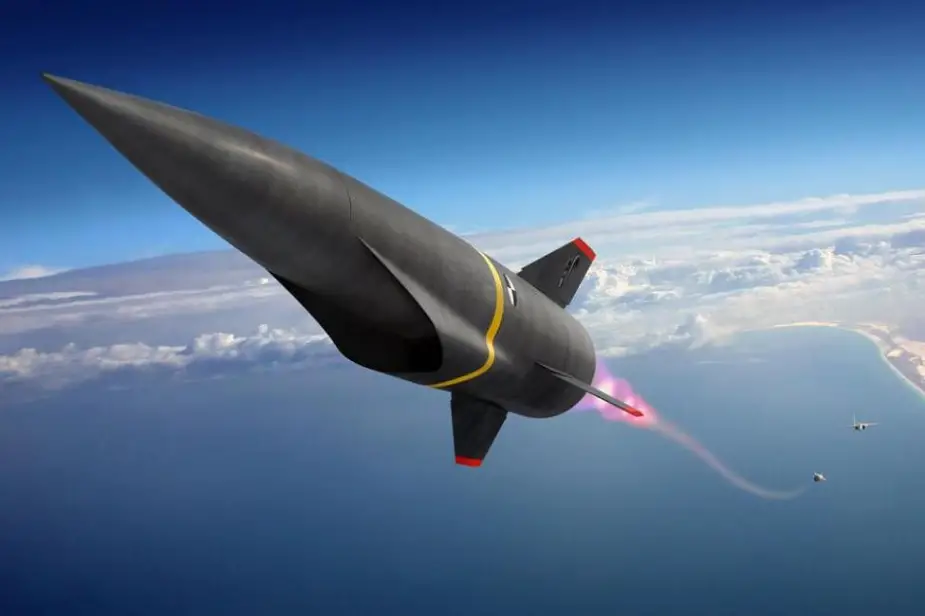Russia and USA lead in hypersonic technologies
US national security adviser John Bolton accused Russia of stealing hypersonic technologies. He claimed the Russian hypersonic designs are based on stolen US technologies. Borrowed technologies were the basis of many designs on both sides of the Atlantic during the Cold War. The Izvestia daily offers the story of hypersonic design.
 Artist's conception of a hypersonic missile during its launch phase (Picture source: Lockheed Martin)
Artist's conception of a hypersonic missile during its launch phase (Picture source: Lockheed Martin)
Bolton’s accusations are wrong, staffer of the international security center of the Institute of Global Economy and International Relations Konstantin Bogdanov said. "Both the USA and the USSR engaged in the research of hypersonic craft with aeroduct air-breathing engines. There has been no progress until recently because of technological problems with aeroduct motors. Therefore, it is impossible to claim any borrowing as both schools developed independently. As for gliding Avangard missiles, Russia has a clear chronological advantage. The first design dates back to late 1980s (Albatros project) and the next generation of prototypes began trials in early 2000s. The Americans came close to rocket-propelled gliders only in 2010 (FALCON project). The very idea of orbital gliders in the atmosphere emerged in Germany in 1930-1940. The USSR and the USA displayed interest in it only after the end of World War Two," he said.
The design of Albatros 15P170 missile began in the second half of 1980s as a response to the US Strategic Defense Initiative which called to create a multi-layered missile defense. Hypersonic reentry vehicles capable of maneuvering after separation in the dense layers of the atmosphere at a speed of 6-7.5 km/sec had to be the key element. Albatros was designed by NPO mashinostroeniya in Reutov under the leadership of Gerbert Yefremov and the work stopped in 1991, but the research continued. In 1990-2000s a series of trials of 15Yu70 device (item 102) was held. It was classified as the prototype of a guided reentry vehicle.
The NPO resumed active work in early 2000s as 4202 R&D. It produced 15Yu71 device of 15P771 complex which is better known as Avangard.
Its flight trials presumably began in 2010 and are ongoing. In late 2019 the first two complexes with UR-100N UTTKh rocket carrier are to go on combat duty. In future the Avangard or its analogue can have different characteristics and size and use the latest ballistic Sarmat carrier.
The hypersonic issue is not limited by the mentioned projects. Russia, the United States and other countries are testing various designs ranging from guided reentry vehicles of ballistic missiles to prototypes of antiship missiles with or without aeroduct air-breathing engines. It is difficult to claim any stealing of technologies, as there are various products already made in Russia.
Anyway, Russia and the United States lead in key military projects due to a rich theoretical potential and Cold War experience which they continue to accumulate, the Izvestia said.
© Copyright 2019 TASS. All rights reserved. This material may not be published, broadcast, rewritten or redistributed.



















